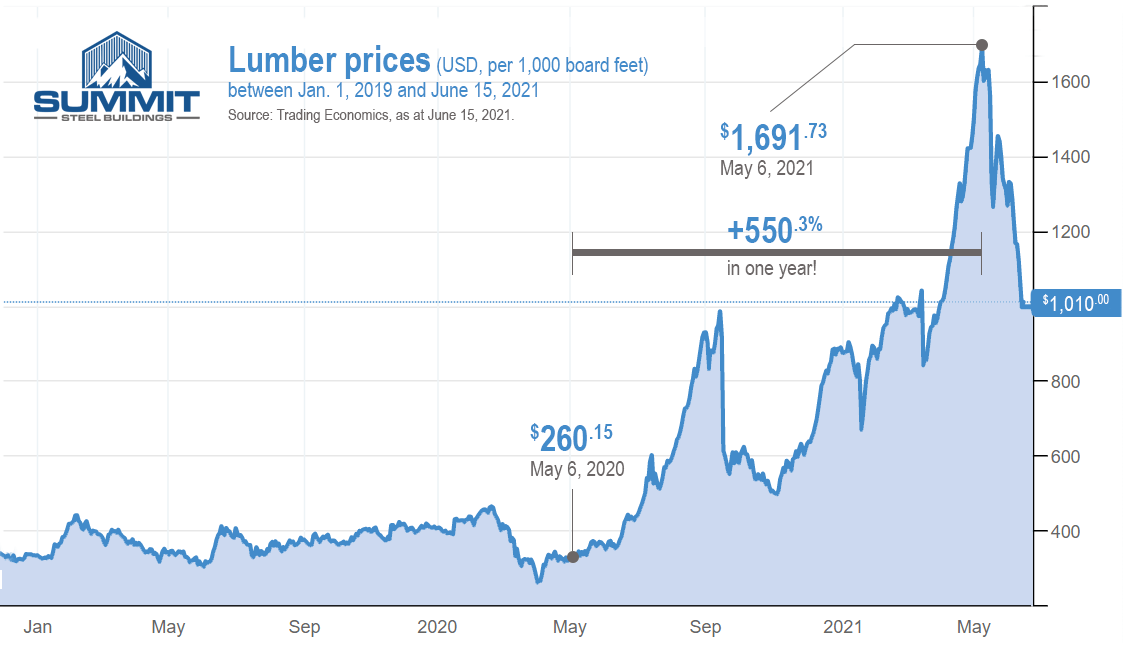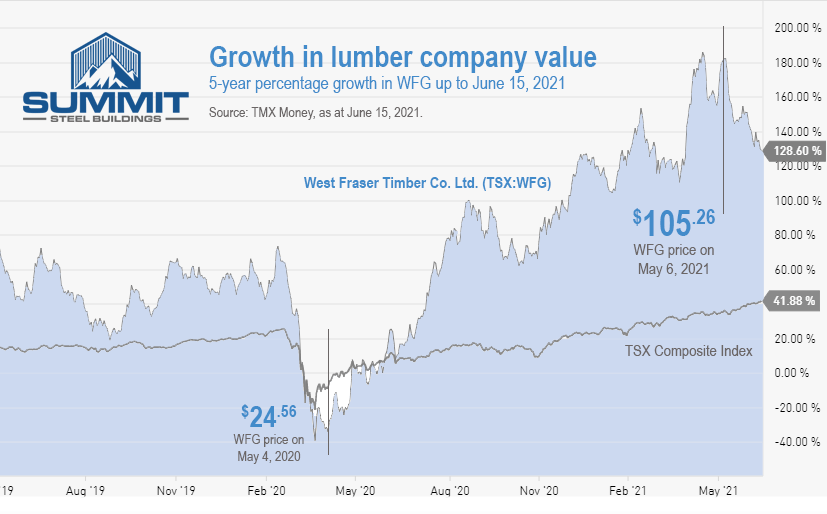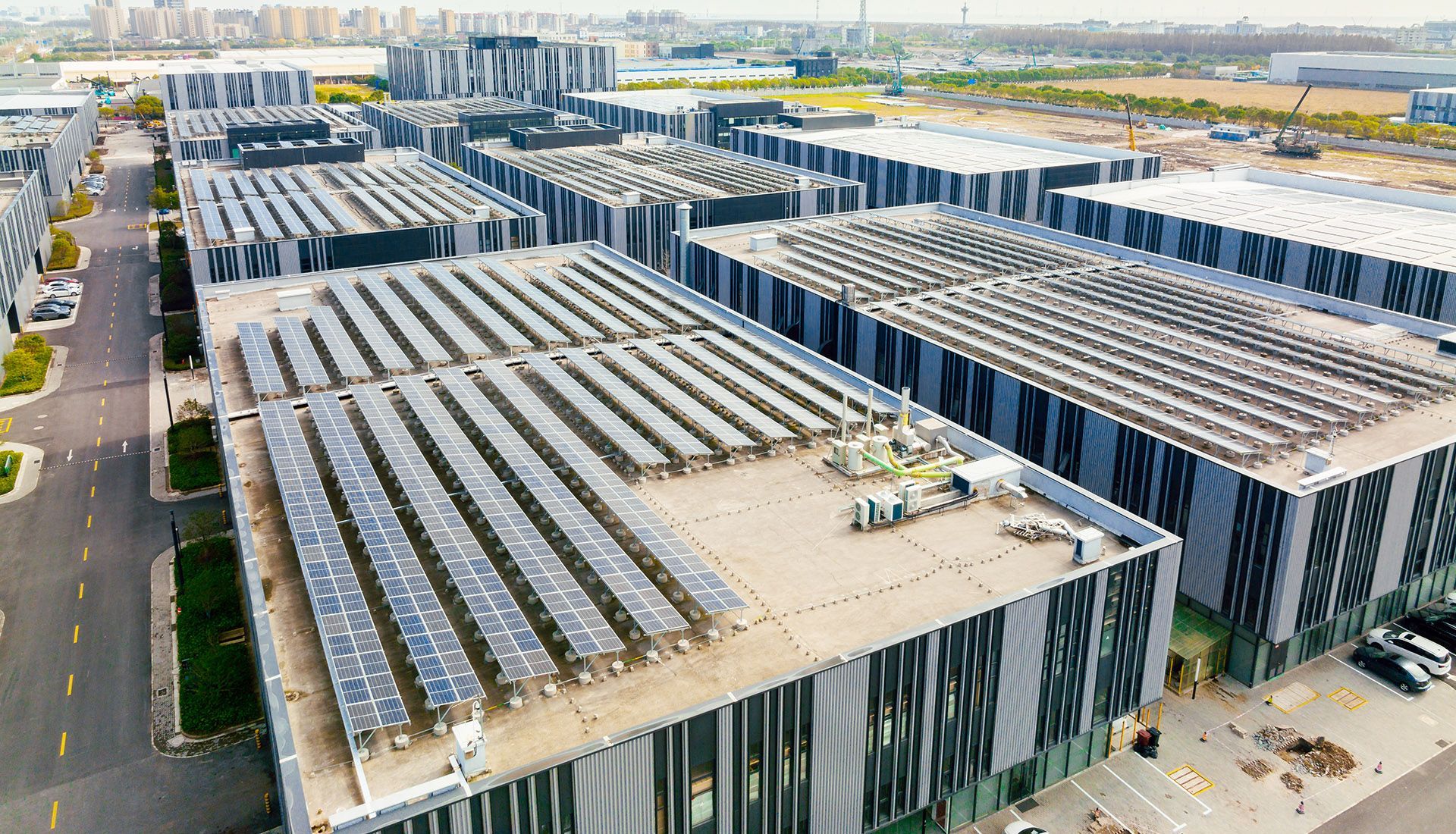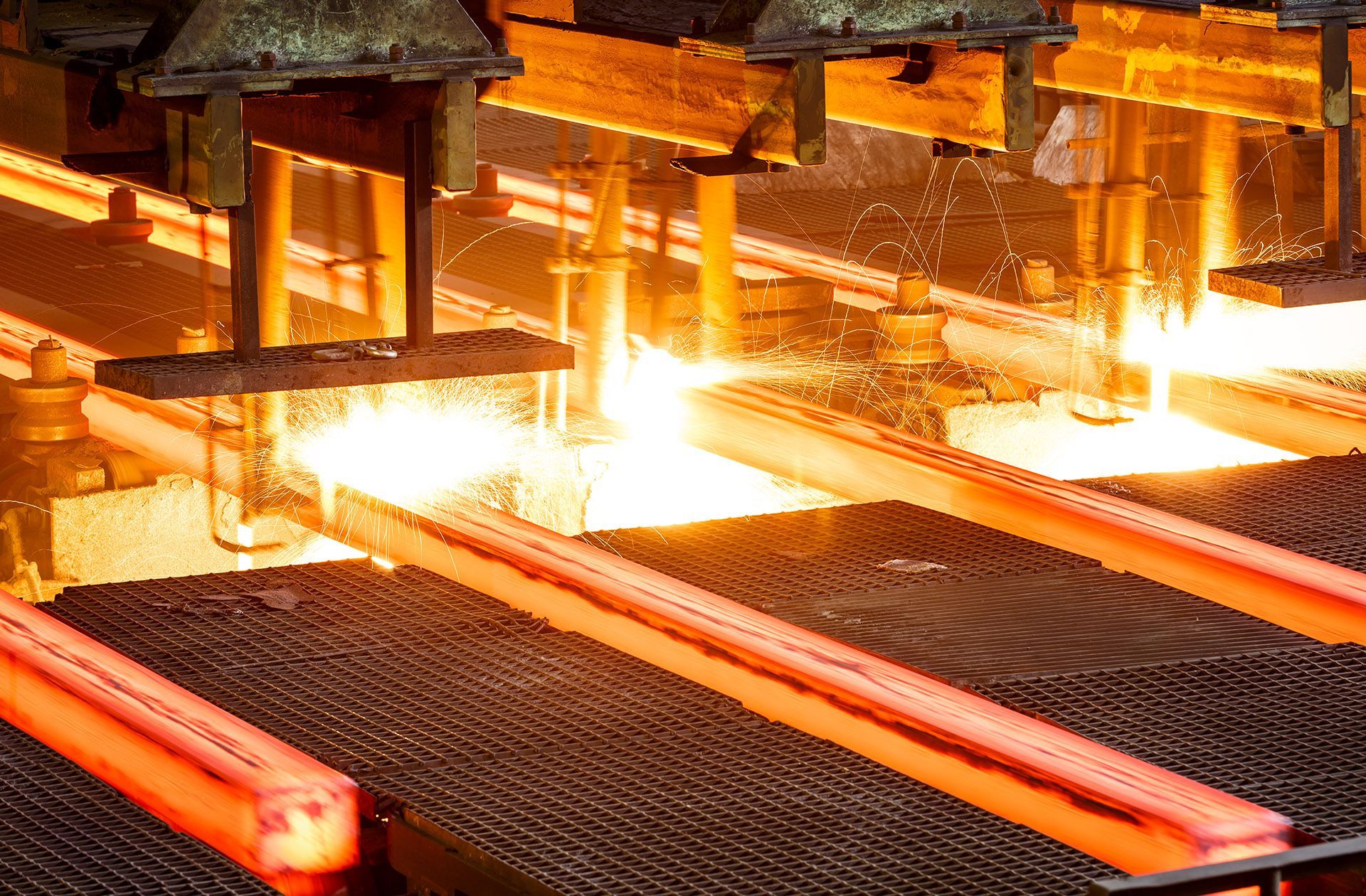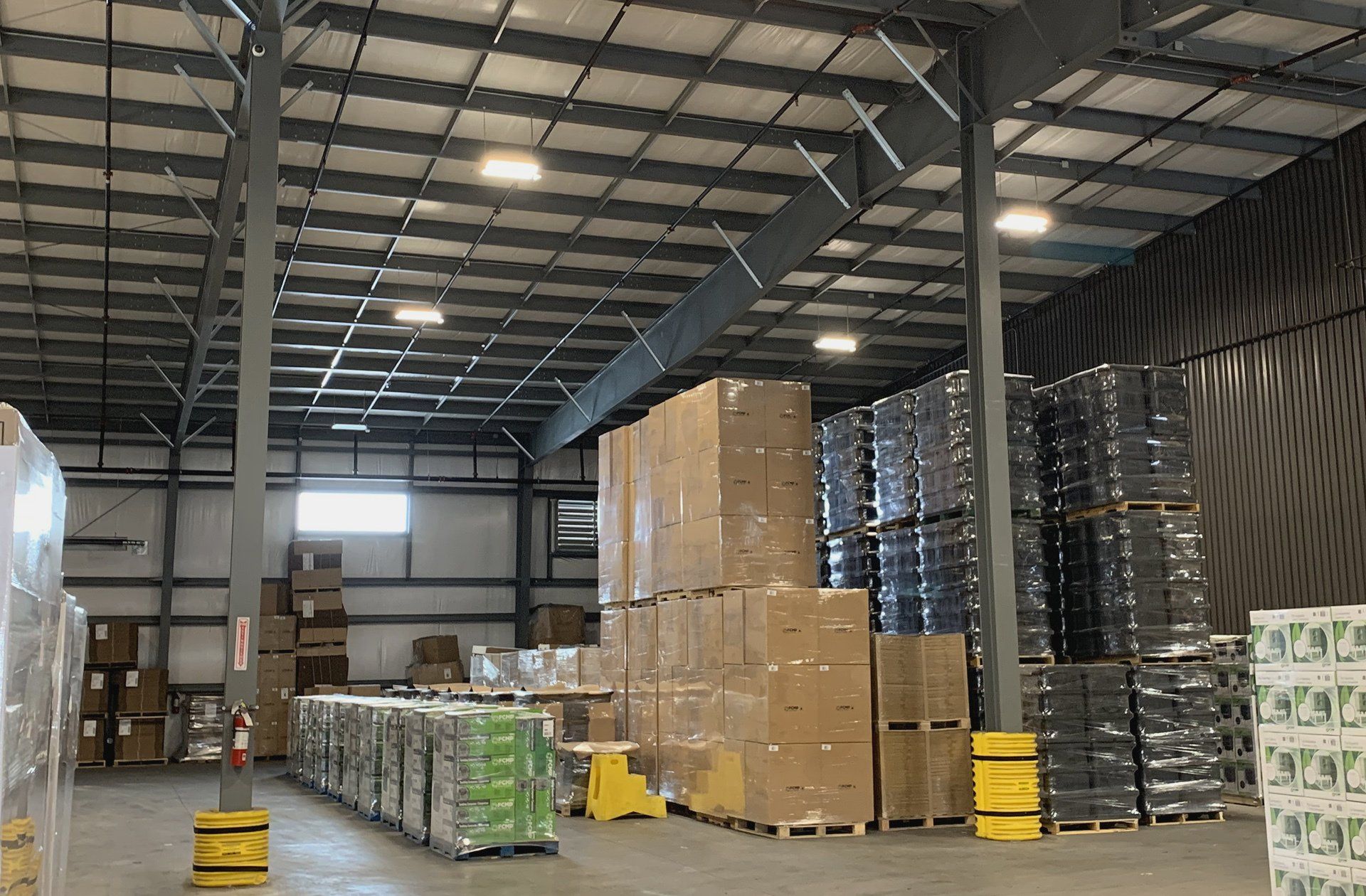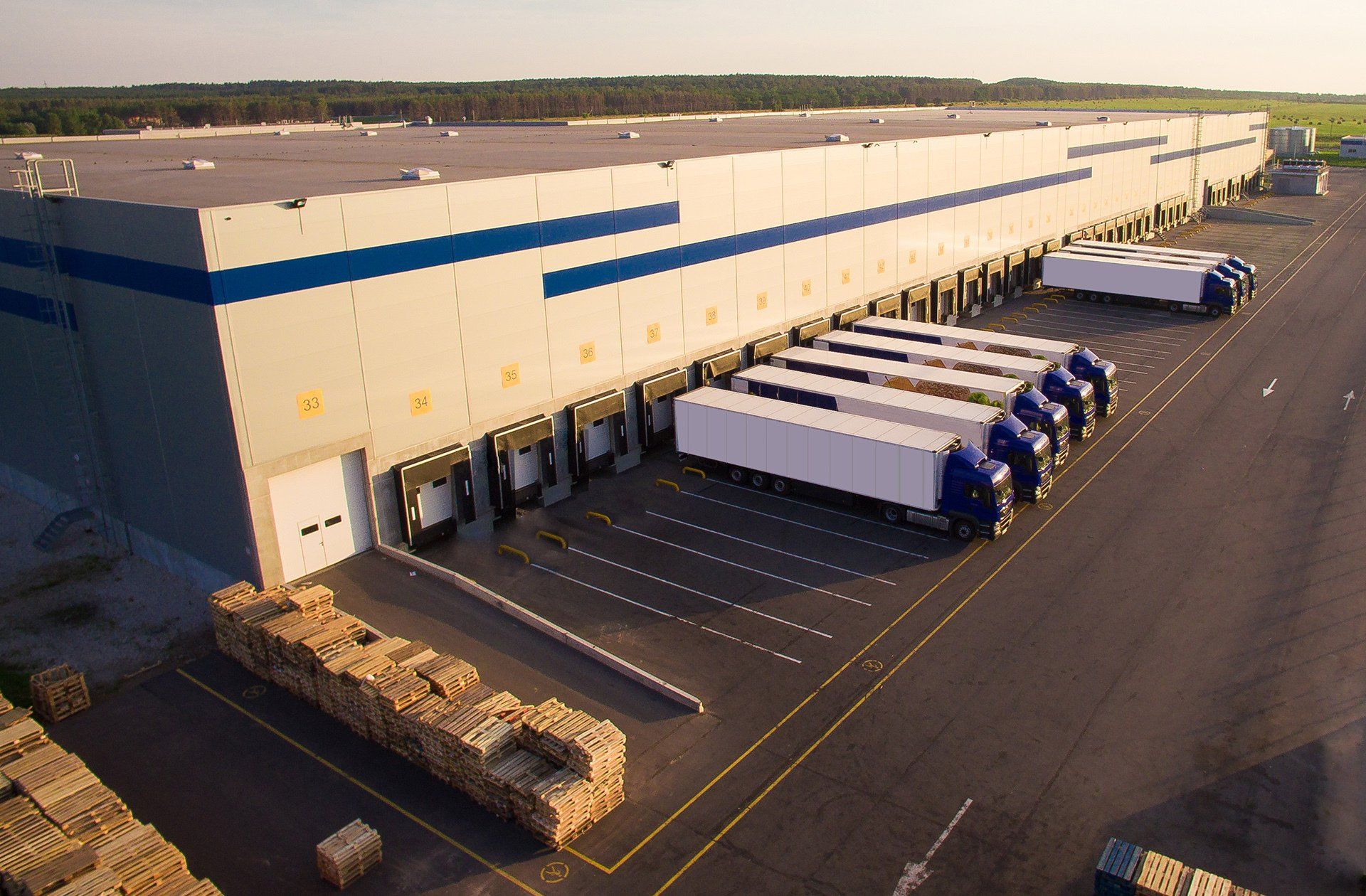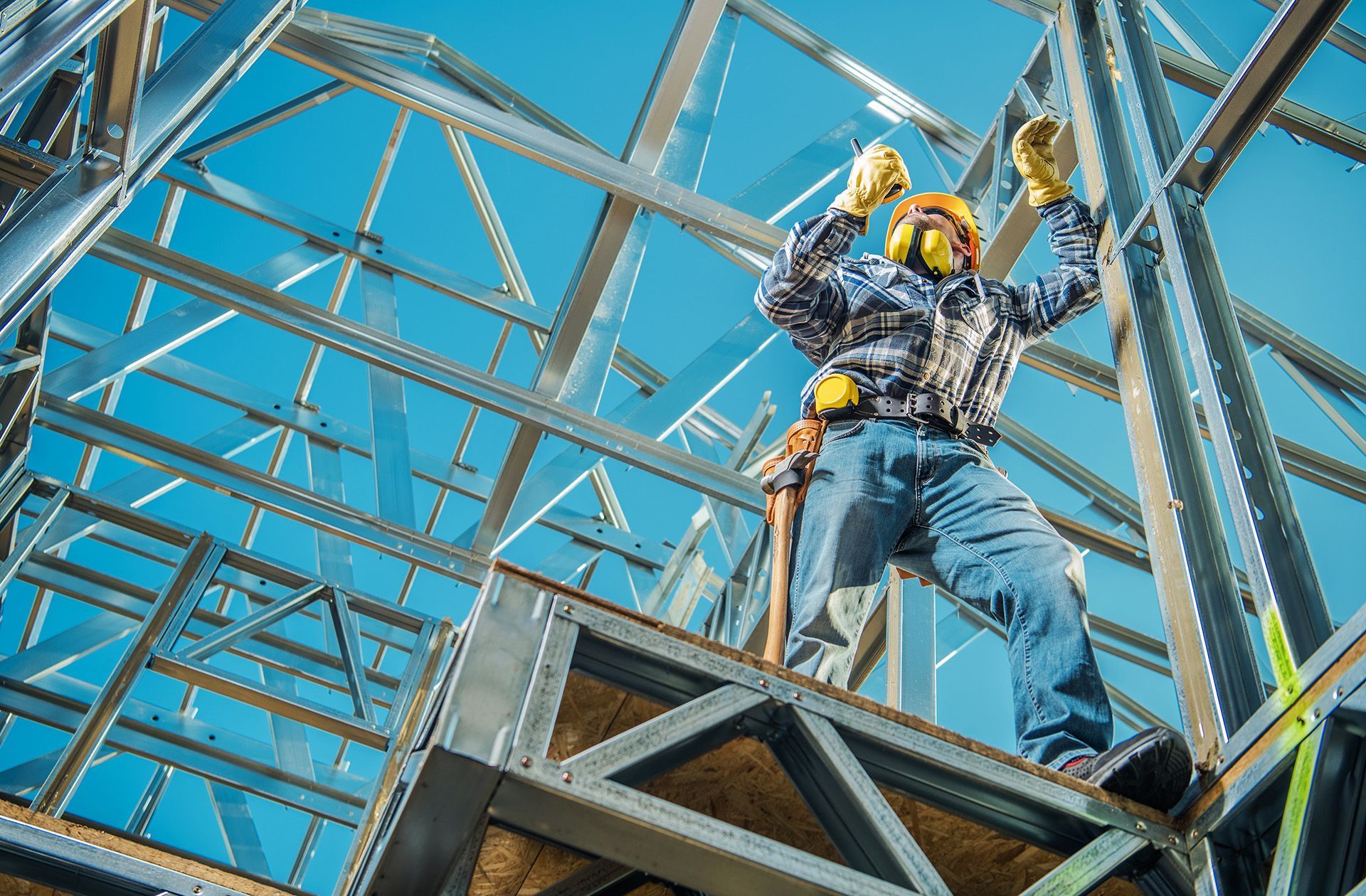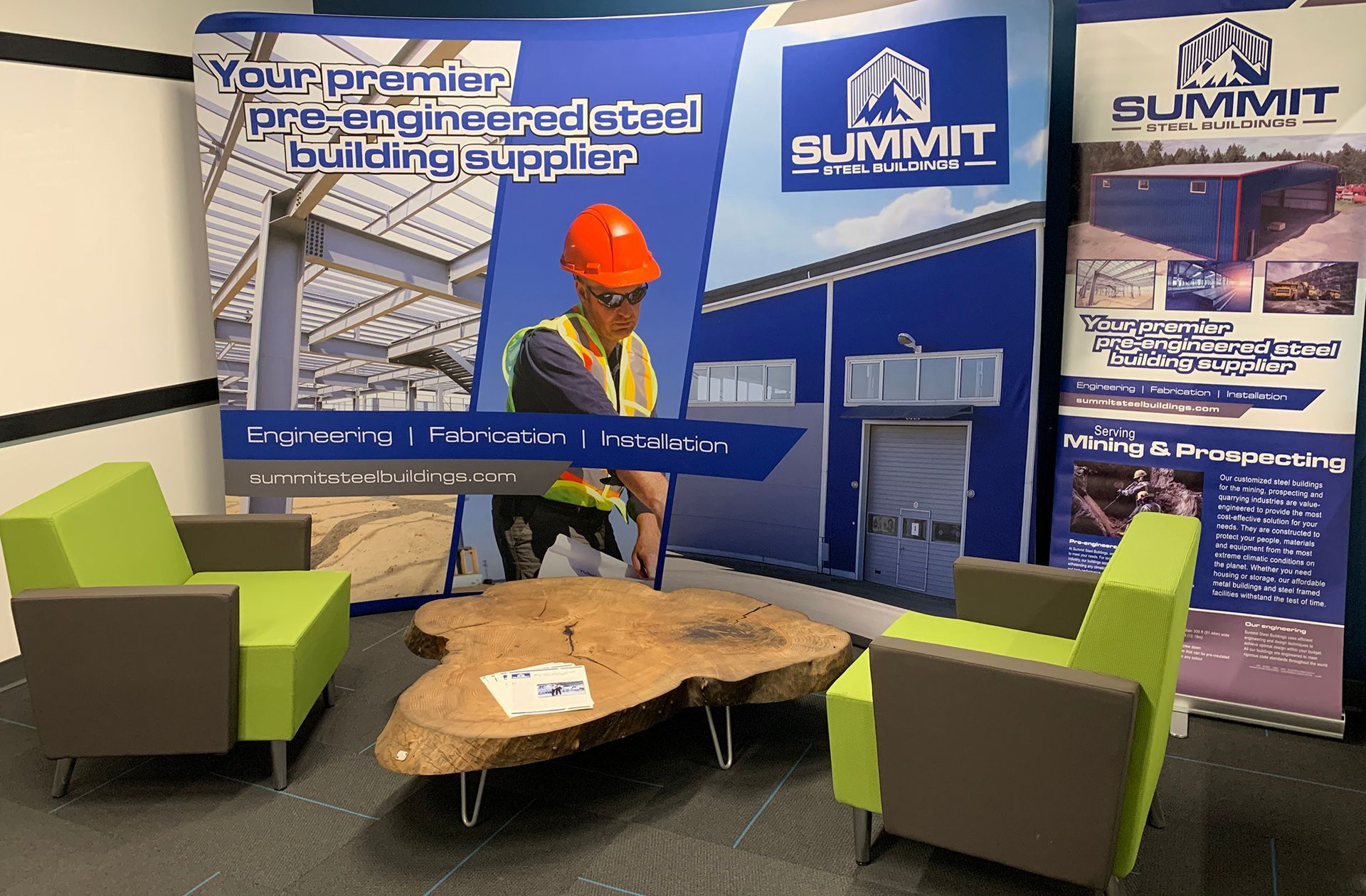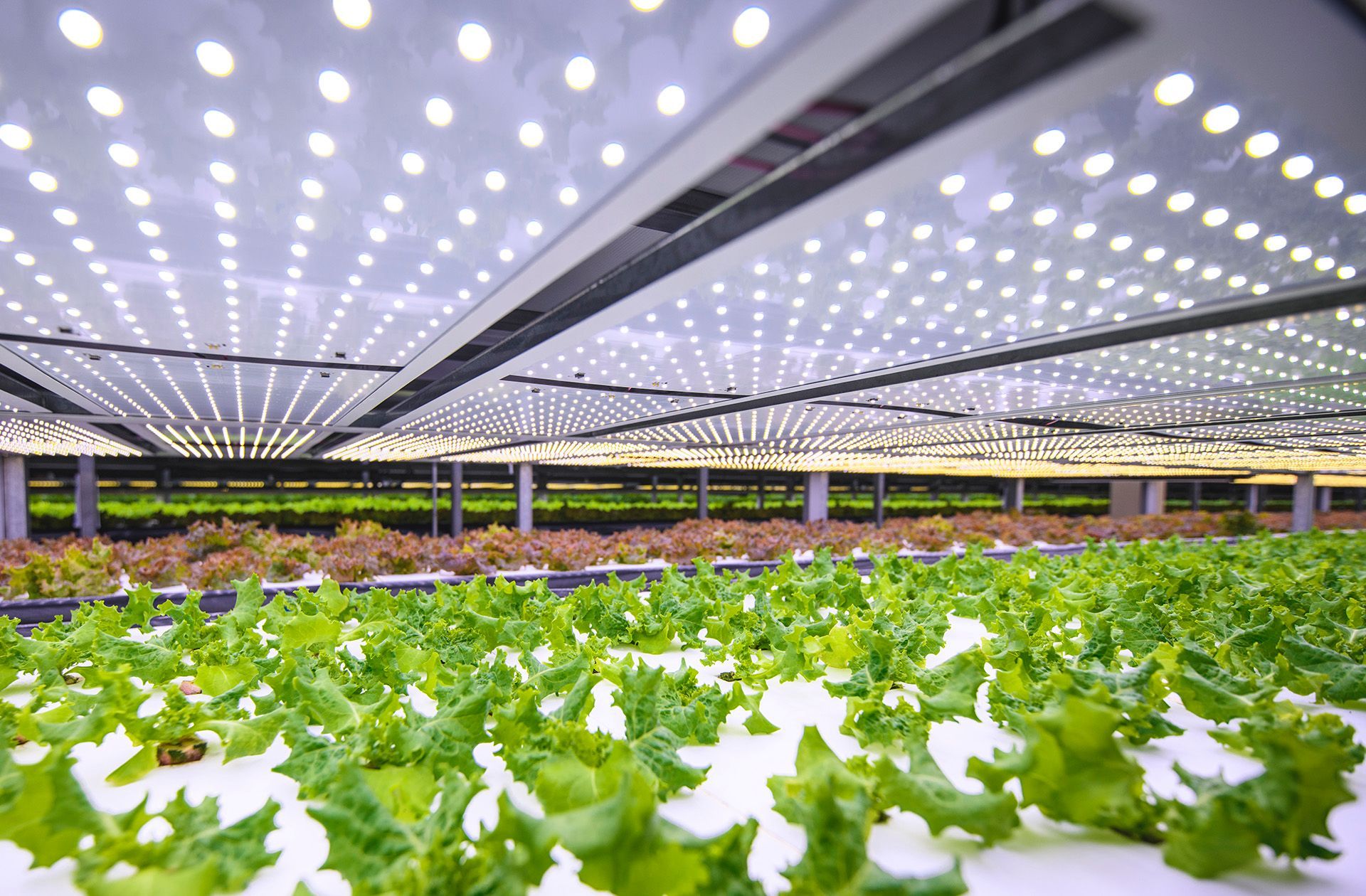It’s time for wood to invest in steel
As lumber demand increases, steel buildings are a vital component in expanding production to keep up.
Much has been reported over the last year on the increased demand for wood and forestry products. Soaring lumber prices have added nearly $30,000 to the price of a typical new home according to CBC News. Meanwhile material shortages are more widespread than at any time since the 1990s. Shortages of wood for home renovation projects (all those additions, fences and back decks!) are going against the grain of normal expectations. The real impact of supply and pricing challenges has hit commercial builders particularly hard. The U.S. National Association of Homebuilders has stated that more than 90% of contractors have reported shortages in the last year. However, the situation has been a huge windfall for forestry producers. And that success has created its own problems. Now is the time for lumber companies to invest in their production capacity with additions to capital equipment and infrastructure.
Increasing supply requires more capacity.
British Columbia has historically come to the rescue when lumber supplies run low. They usually can be counted on ramping up supply, but a shortage of logs to process means B.C. processors haven’t been able to restore supply levels as in years past. As a result, prices have skyrocketed. For example, two-by-fours made from Western spruce, pine and fir were selling for record prices in May (USD $1,640 for 1,000 board feet, up 550 per cent over the last year). Economics teaches us that when prices rise, producers need to increase supply to maximize their participation in the market. Despite higher prices, demand continues to outpace supply.
The obvious solution is simply to produce more. But even the biggest companies can’t keep up with orders. That requires investment in labour, equipment and facilities. Western Fraser recently announced a $4-billion takeover
of Norbord Inc to increase its supply in addition to their plans to expand their five U.S. mills. Other lumber companies also need to look at where they can invest to help take advantage of the situation and evaluate their
ability to produce more.
Lumber producers are doing really well.
In some respects, the pandemic wood shortage has never been better for the lumber industry. A combination of high demand, low supply and subsequent price increases has raised profits for big forestry and lumber firms. For instance, Western Fraser Timber Co. Ltd., the world’s largest lumber producer and most valuable forestry listing on the TSX, reported EBITDA (earnings before interest, taxes, depreciation and amortization) that rose from $106.16 in Q2 2020 and $404.91 in Q3 to $1,005 million for Q1 of 2021.
Invest to increase production.
While it may sound somewhat contradictory, it’s never been a better time for the lumber industry to turn to steel.
Steel buildings, in fact. Rushing to increase production requires more buildings to store raw materials and inventory, more buildings to house equipment, more production space and much more area for equipment. Increased space allows production materials to be moved around more safely and easily.
During a boom, facilities need to be built quickly and affordably, often in remote and difficult areas. That’s where a pre-engineered metal structure, designed to suit your specific needs, becomes the perfect solution. Whether you need a smaller shed or a 50,000 square-foot production facility, steel designs are custom built and provide wide spans that can accommodate any manufacturing design and equipment needs. Steel building engineering does not compromise on ventilation to displace heat and to keep working teams cool.
Summit Steel Buildings, one of North America’s premier pre-engineered metal structure suppliers, builds to suit, whether it's around current equipment or to house recent additions. New buildings are a valuable investment for your company, as much as your debarker, chip screen, chipper, planer and stacker equipment. We understand your needs and will go the extra distance to ensure your workflow is planned to maximize production efficiency. We'll collaborate with you to ensure your expertise is reflected in how the building functions. Reach out to one of our building consultants to meet your business goals.
Read more about the benefits of steel buildings for lumber companies.
About the author
Darren Sperling has specialized in the engineering and delivery of pre-engineered steel buildings for over 15 years and has experience in over 20 countries worldwide. He can be contacted at Summit Steel Buildings at (877) 417-8335
or by email at
darren.sperling@summitsteelbuildings.com.


